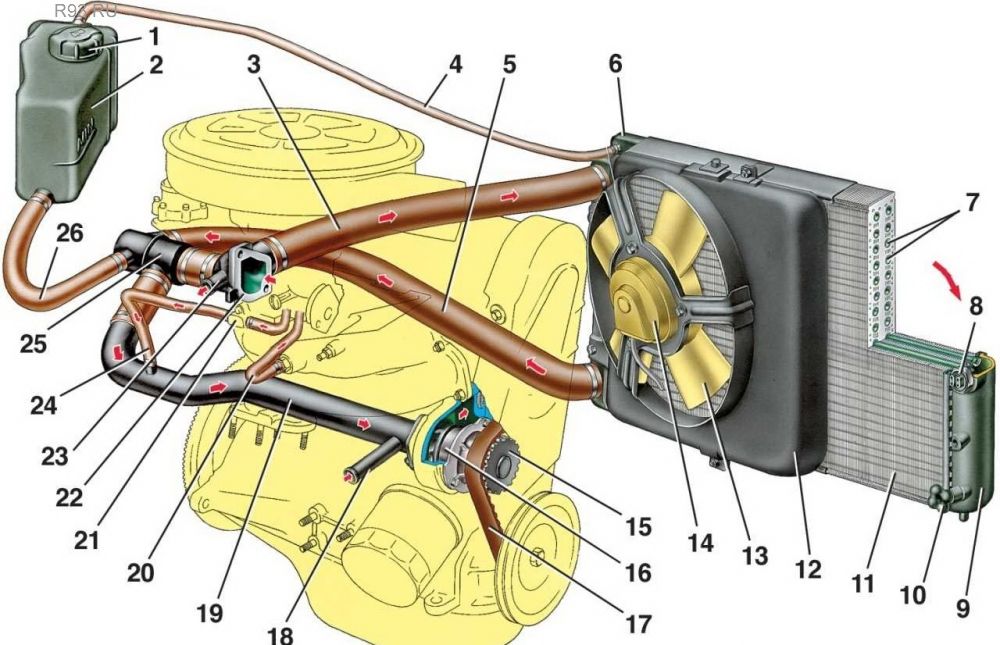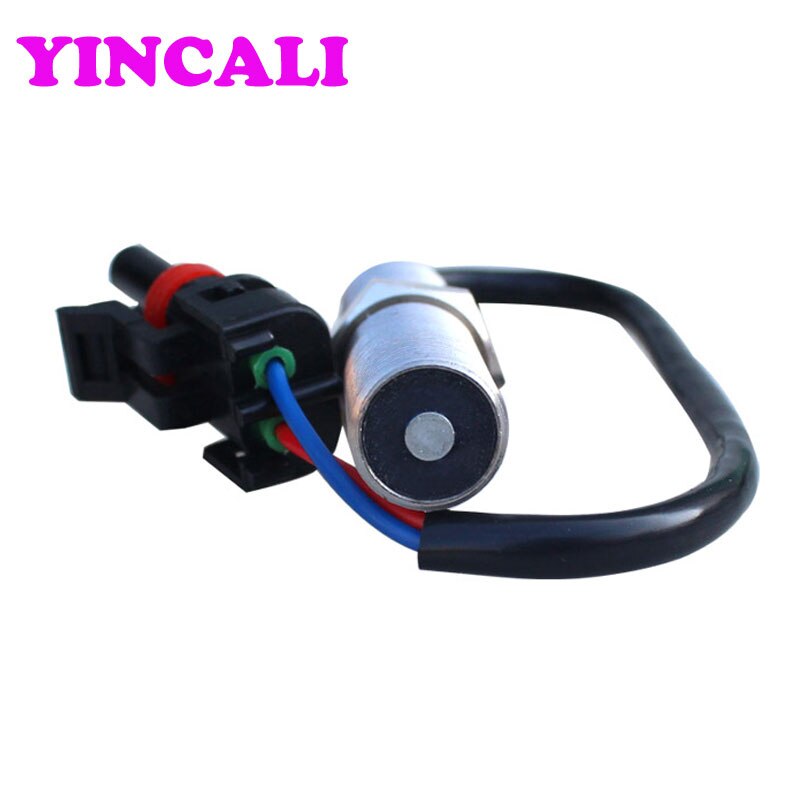
Why repairing the cooling system on a European car can be difficult
Repairing the cooling system, for example in the event of a leak, can create various obstacles. Many repairs may involve finding the system's heatsink.
Most people think that the cooling systems on all vehicles can be easy to maintain. On the other hand, cooling systems can be tricky to repair when working with a European car.
Cooling systems are designed to keep the engine running at operating temperature for optimal performance. In addition, the cooling systems also help heat the cabin for climate control, as well as defrosting foggy windows.
The cooling systems on some vehicles can be very complex. On European vehicles, most cooling systems are difficult to work with because the system is hidden or in hard-to-reach places. Many European cars have remote reservoirs to fill the cooling system. The radiator is usually hidden inside the front grille of the chassis. This makes it somewhat difficult to fill the system when replacing contaminated or weak coolant.
There are two types of cooling systems:
- Traditional cooling system
- Closed cooling system
When flushing conventional cooling system, there will be access to the radiator and easy access to the drain valve at the bottom of the radiator. Normally the heating system will drain along with the radiator.
When flushing closed cooling system with a tank (expansion tank), the radiator can be mounted in an open or hidden form. Since the radiator is hidden in a European car, it can be difficult to flush the coolant. The best way to flush the coolant is to use a tool called a vacuum coolant bleeder. This tool will draw all the coolant out of the system into a drain container or bucket and create a vacuum in the entire system. Then, when the system is ready to be filled, simply grab the drain hose and dip it into the new coolant. Be sure to stock up on coolant to keep air out of the system. Turn the valve to flow and let the vacuum draw in the new coolant. This will fill the system, but if there is a slow leak, the system will be low on filling.
When replacing coolant hoses on European vehicles, there may be obstacles. For example, some European cars have coolant hoses that connect the engine behind a pulley or pump. This can be tricky as accessing the clamp is nearly impossible. In this case, the pulley or pump must be removed to gain access to the hose clamp. Sometimes when removing parts, they tend to break off and cause even more problems.
Other systems may interfere with the cooling system, such as air conditioning hoses. If the hose is bent and can be moved, then removing the clamps from the A/C hose will help replace the coolant hose. However, if the A/C hose is stiff and cannot bend, removing the refrigerant from the A/C system is a must. This will relieve all pressure in the air conditioning system, allowing the hose to be disconnected and moved to the side to gain access to the coolant hose.
